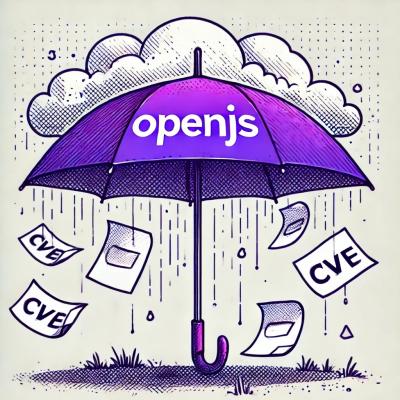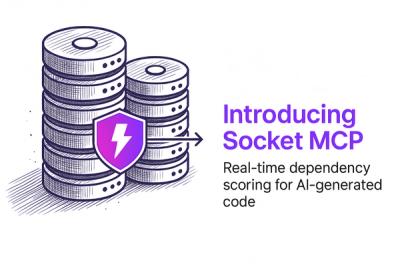TOAST UI Component : Date Picker
Component that selects specific date.






🚩 Table of Contents
Collect statistics on the use of open source
TOAST UI DatePicker applies Google Analytics (GA) to collect statistics on the use of open source, in order to identify how widely TOAST UI DatePicker is used throughout the world.
It also serves as important index to determine the future course of projects.
location.hostname (e.g. > “ui.toast.com") is to be collected and the sole purpose is nothing but to measure statistics on the usage.
To disable GA, use the following usageStatistics option when creating the instance.
const options = {
...
usageStatistics: false
}
const instance = new DatePicker(container, options);
Or, include tui-code-snippet(v2.2.0 or later) and then immediately write the options as follows:
tui.usageStatistics = false;
📙 Documents
You can also see the older versions of API page on the releases page.
🎨 Features
- Selects specific year, month, date, and time.
- Creates the calendar that only show date-layer using
createCalendar API.
- Creates the range picker that selects a date period using
createRangePicker API.
- Supports internationalization(i18n).
- Supports custom events.
- Provides the file of default css style.
🐾 Examples
- Basic : Example of using default options.
- Having Timepicker : Example of using a time picker to select a time.
- Calendar : Examples of creating and using calendars.
- RangePicker : Example of creating and using a range picker.
More examples can be found on the left sidebar of each example page, and have fun with it.
💾 Install
TOAST UI products can be used by using the package manager or downloading the source directly.
However, we highly recommend using the package manager.
Via Package Manager
TOAST UI products are registered in two package managers, npm and bower.
You can conveniently install it using the commands provided by each package manager.
When using npm, be sure to use it in the environment Node.js is installed.
npm
$ npm install --save tui-date-picker
$ npm install --save tui-date-picker@<version>
bower
$ bower install tui-date-picker
$ bower install tui-date-picker
Via Contents Delivery Network (CDN)
TOAST UI products are available over a CDN powered by TOAST Cloud.
You can use CDN as below.
<link rel="stylesheet" href="https://uicdn.toast.com/tui.date-picker/latest/tui-date-picker.css" />
<script src="https://uicdn.toast.com/tui.date-picker/latest/tui-date-picker.js"></script>
If you want to use a specific version, use the tag name instead of latest in the url's path.
The CDN directory has the following structure.
tui.date-picker/
├─ latest
│ ├─ tui-date-picker.css
│ ├─ tui-date-picker.js
│ ├─ tui-date-picker.min.css
│ └─ tui-date-picker.min.js
├─ v4.0.0/
│ ├─ ...
Download Source Files
🔨 Usage
HTML
You need to add two elements.
One is the container element to display a date picker, and the other is a target element in which a date picker is attached.
Also add some elements for applying the css style.
<div class="tui-datepicker-input tui-datetime-input tui-has-focus">
<input type="text" id="tui-date-picker-target" aria-label="Date-Time" />
<span class="tui-ico-date"></span>
</div>
<div id="tui-date-picker-container" style="margin-top: -1px;"></div>
JavaScript
This can be used by creating an instance with the constructor function.
To get the constructor function, you should import the module using one of the following ways depending on your environment.
Using namespace in browser environment
const DatePicker = tui.DatePicker;
Using module format in node environment
const DatePicker = require('tui-date-picker');
import DatePicker from 'tui-date-picker';
You can create an instance with options and call various APIs after creating an instance.
const container = document.getElementById('tui-date-picker-container');
const target = document.getElementById('tui-date-picker-target');
const instance = new DatePicker(container, {
input: {
element: target
},
...
});
instance.getDate();
For more information about the API, please see here.
🔩 Dependency
🌏 Browser Support
🔧 Pull Request Steps
TOAST UI products are open source, so you can create a pull request(PR) after you fix issues.
Run npm scripts and develop yourself with the following process.
Setup
Fork develop branch into your personal repository.
Clone it to local computer. Install node modules.
Before starting development, you should check if there are any errors.
$ git clone https://github.com/{your-personal-repo}/tui.date-picker.git
$ cd tui.date-picker
$ npm install
$ npm run test
Develop
Let's start development!
You can see your code reflected as soon as you save the code by running a server.
Don't miss adding test cases and then make green rights.
Running dev server
$ npm run serve
$ npm run serve:ie8
Running test
$ npm run test
Pull Request
Before uploading your PR, run test one last time to check if there are any errors.
If it has no errors, commit and then push it!
For more information on PR's steps, please see links in the Contributing section.
💬 Contributing
🍞 TOAST UI Family
📜 License
This software is licensed under the MIT © NHN Cloud.







 Chrome
Chrome Internet Explorer
Internet Explorer Edge
Edge Safari
Safari Firefox
Firefox

